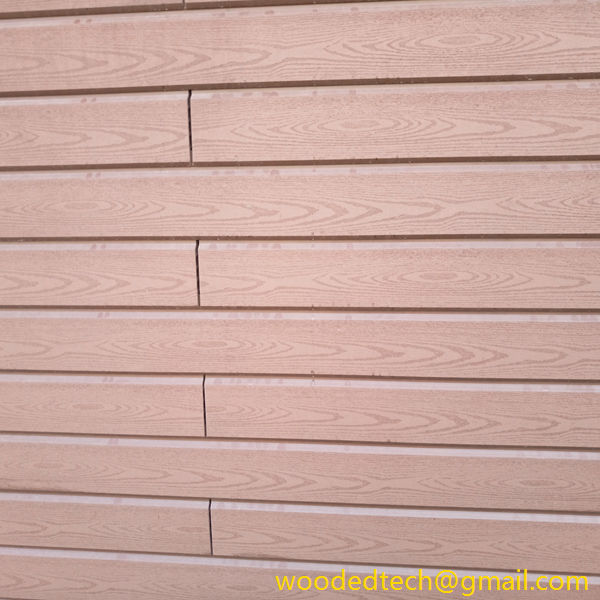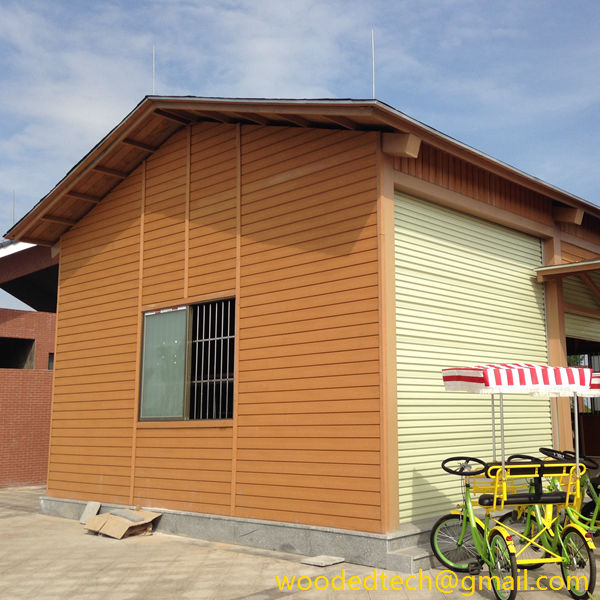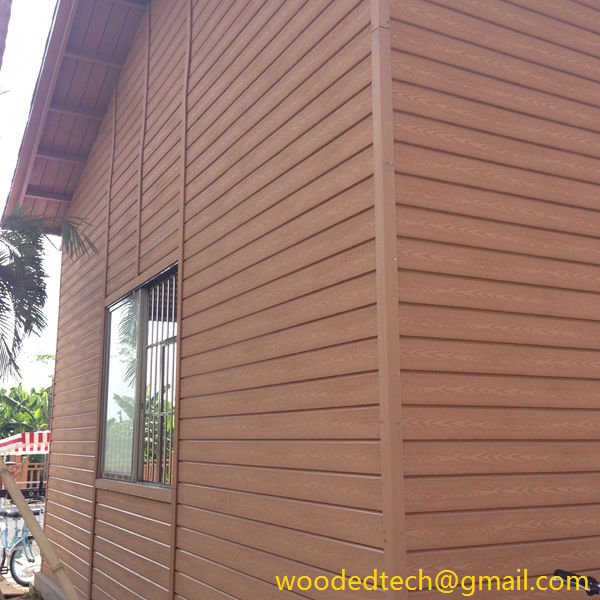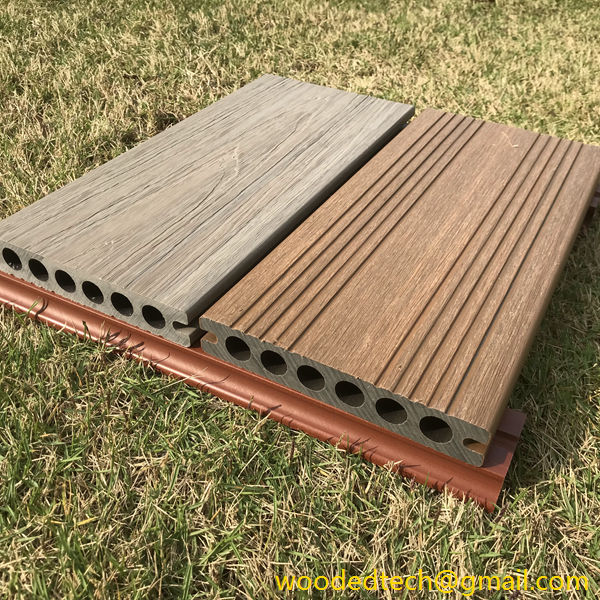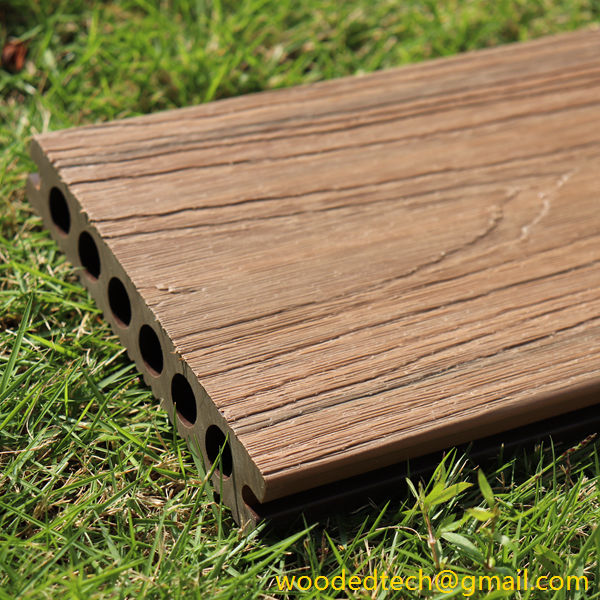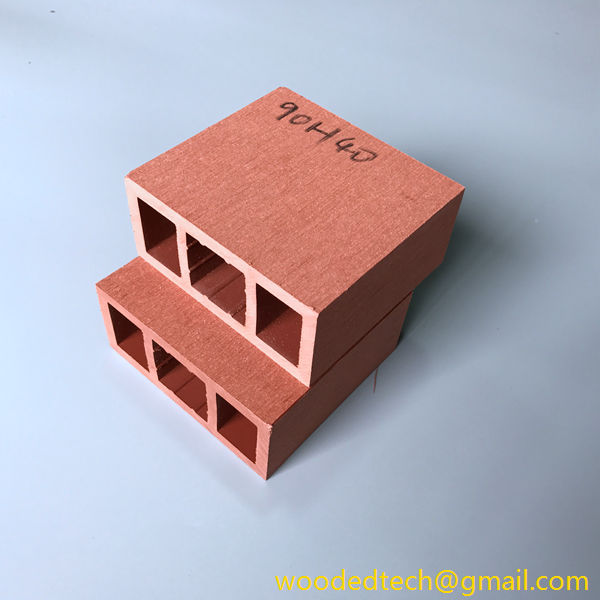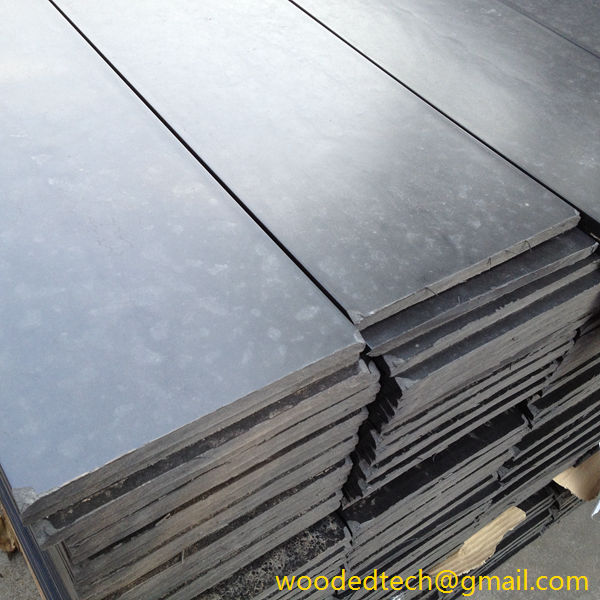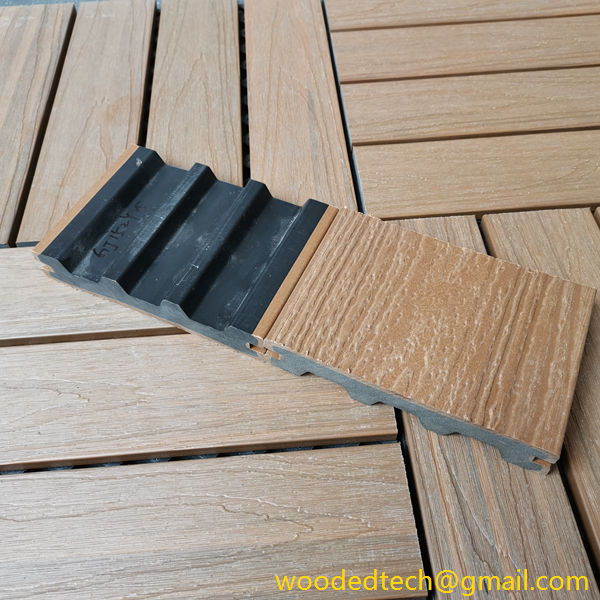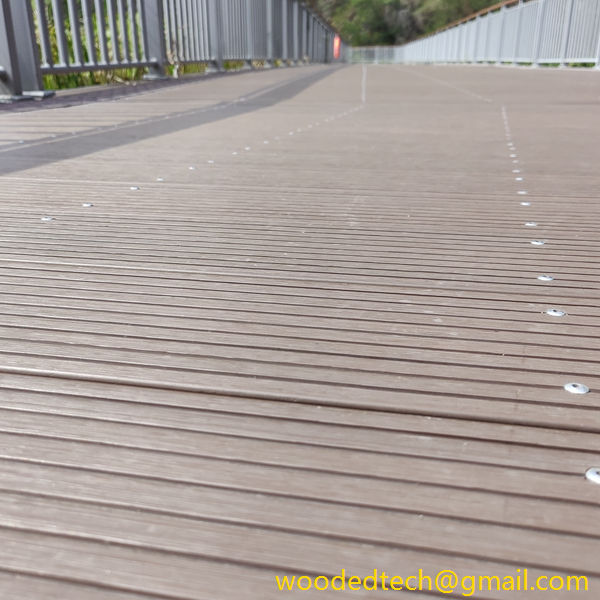Innovative Plastic Wood Effect Cladding Sheets for a Modern and Eco-Friendly Building Exterior
Innovative Plastic Wood Effect Cladding Sheets for a Modern and Eco-Friendly Building Exterior In recent years, the construction and design industries have been witnessing a significant shift toward sustainable materials that not only promise durability but also enhance aesthetic appeal. One such innovation that has gained considerable attention is plastic wood effect cladding sheets. These…
Innovative Plastic Wood Effect Cladding Sheets for a Modern and Eco-Friendly Building Exterior
In recent years, the construction and design industries have been witnessing a significant shift toward sustainable materials that not only promise durability but also enhance aesthetic appeal. One such innovation that has gained considerable attention is plastic wood effect cladding sheets. These unique materials integrate the natural beauty of wood with the performance advantages of modern plastics, making them an ideal choice for modern and eco-friendly building exteriors.
Plastic wood effect cladding sheets are designed to replicate the appearance of traditional wood while offering a range of benefits that make them superior in many aspects. For starters, they are manufactured using high-density polyethylene and other recycled materials, which instantly positions them as a more sustainable option compared to traditional timber. This is particularly relevant in an age where deforestation and environmental degradation are pressing global issues. By opting for plastic wood effect cladding, builders and architects can significantly reduce their carbon footprint and promote eco-friendliness in their projects.
One of the most compelling features of these cladding sheets is their exceptional durability. Unlike natural wood, which is susceptible to warping, cracking, and pest infestations, plastic wood cladding is engineered to withstand the rigors of various weather conditions. They are resistant to moisture, UV rays, and extreme temperatures, ensuring that they maintain their structural integrity and aesthetic quality over time. This durability translates into lower maintenance costs for building owners, as these cladding sheets do not require regular treatments or staining to preserve their appearance.
In addition to their resilience, plastic wood effect cladding sheets offer a wealth of design options. Available in various colors, textures, and finishes, these materials can be customized to suit any architectural style, from contemporary to traditional. The versatility of these sheets allows architects and designers to create striking facades that capture the essence of natural wood while ensuring longevity and performance. This design flexibility is particularly important in modern architecture, where the blend of functionality and aesthetics is crucial.
Another notable advantage of plastic wood effect cladding is its ease of installation. Traditional wood cladding often requires careful handling and specialized installation techniques to ensure a secure fit and finish. In contrast, plastic wood cladding sheets are lightweight and can be cut, shaped, and installed with relative ease. This not only speeds up the construction process but also reduces labor costs, making it an attractive option for builders.
Sustainability does not just stop at the materials used; it extends to the manufacturing processes as well. Many manufacturers of plastic wood effect cladding sheets are committed to reducing their environmental impact by employing eco-friendly production techniques. This includes minimizing waste during production, using renewable energy sources, and ensuring that the end product is recyclable. As a result, choosing plastic wood cladding aligns with a broader commitment to sustainable building practices.
Furthermore, the non-toxic nature of plastic wood effect cladding is another factor that enhances its appeal. Unlike some treated wood products that may contain harmful chemicals, plastic wood cladding is free from toxins, making it a safer choice for both builders and occupants. This aspect is particularly important in residential construction, where the health and well-being of families are paramount.
Beyond its environmental benefits, plastic wood effect cladding also contributes to energy efficiency in buildings. The insulating properties of these materials can help regulate indoor temperatures, reducing the need for artificial heating and cooling. This not only leads to lower energy bills but also contributes to a building’s overall sustainability profile.
In terms of aesthetics, the allure of wood is undeniable. The warm, organic look it provides has long been favored in architecture and design. However, with the advent of plastic wood effect cladding sheets, it is now possible to enjoy the beauty of wood without the associated drawbacks. These cladding sheets can mimic the grain and texture of real wood, providing a visually appealing finish that enhances the overall look of a building.
As urban areas continue to expand and the demand for sustainable building materials grows, the innovative plastic wood effect cladding sheets stand out as a viable solution. They offer a perfect blend of aesthetics, functionality, and environmental responsibility, making them an ideal choice for modern construction projects. Whether used in residential buildings, commercial structures, or public spaces, these cladding sheets can enhance the visual appeal while ensuring a lower environmental footprint.
In conclusion, the rise of plastic wood effect cladding sheets marks a significant advancement in sustainable building materials. With their impressive performance qualities, design versatility, and commitment to eco-friendliness, they represent an innovative solution for modern construction. Builders, architects, and homeowners alike can benefit from this unique material, creating beautiful, durable, and environmentally responsible structures that stand the test of time. As the industry continues to evolve, it is clear that plastic wood effect cladding sheets will play an essential role in shaping the future of building design and sustainability.

